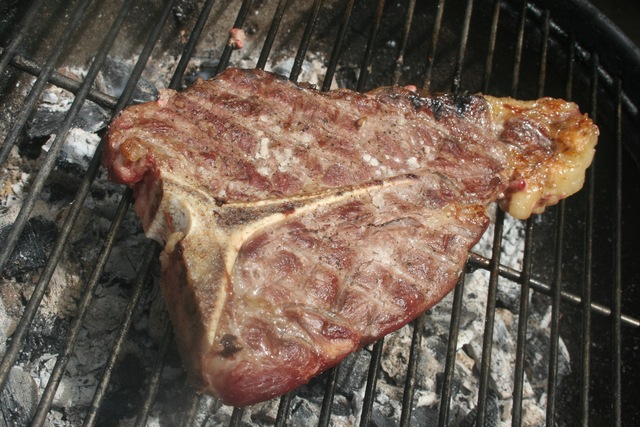Have Fork, Will Travel: The Secrets Of Argentine-Style Wood Grilling
The Secrets Of Argentine-Style Wood Grilling And A Recipe For Chimichurri


Latest Article|September 3, 2020|Free
::Making Grown Men Cry Since 1992


